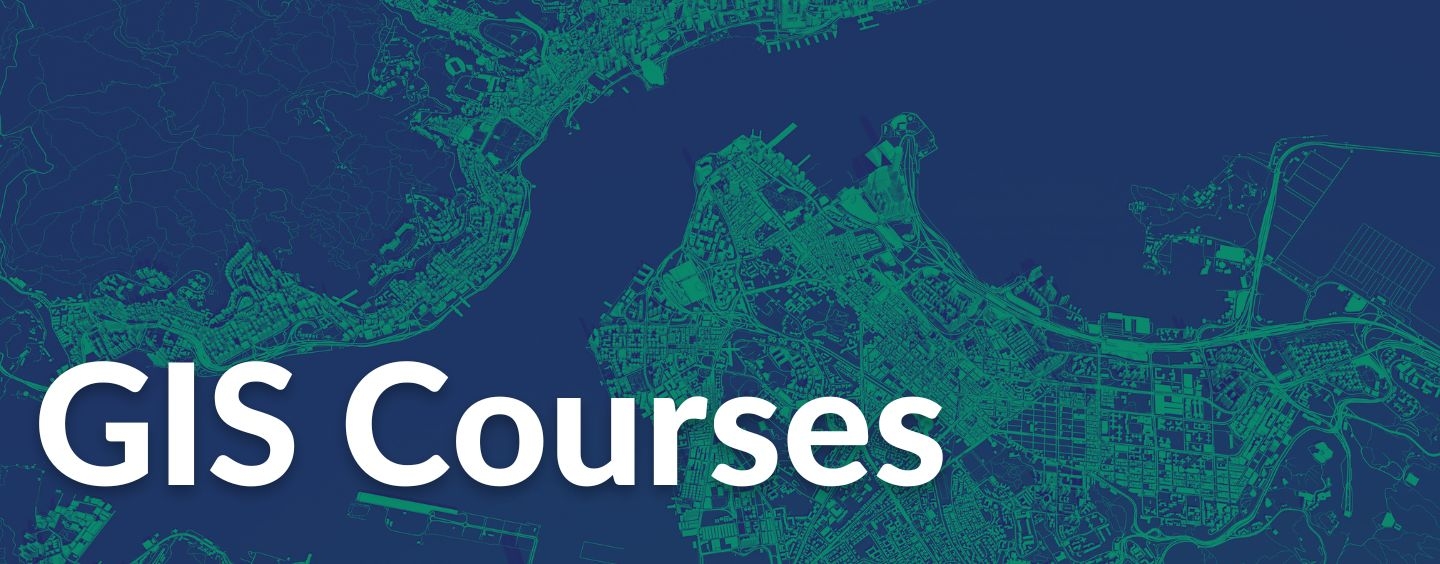GIS Courses Starting in April & May 2023
March 1, 2023

Photo Credit:
Staff
Many Geographic Information Systems courses are starting in April and May. Register now for these two-day courses:
- Introduction to R, April 7 & 8
This course serves as a basic introduction to R, a freely available statistical program widely used in professional, scientific and academic communities. Course topics will include fundamentals of the R command-line interface, data management and manipulation, data visualization and graphics, basic spatial statistics and modeling. Statistical tools available in ArcGIS will also be reviewed, and ArcGIS will be used to generate R input data and to process R output. It is recommended that students have had at least one statistics course and some experience with ArcGIS. - Advanced Remote Sensing, April 14 & 15
An introduction to LiDAR data and derived digital models. Emphasis is placed on creating surface models from point cloud data and integrating spectral data and object based image analysis for vegetation classification. - GIS Programming with Python, April 21 & 22
Introduction to programming ArcGIS using the Geoprocessing Environment. Students will learn to create geoprocessing tools that can be combined with other tools, in models and the toolbox, to process complex analysis tasks and automate repetitive data maintenance needs. Scripting with Python is emphasized as the appropriate technology for getting GIS work done by users, and is compatible with ArcGIS modules and all current geospatial data structures: rasters, shapefiles, coverages and geodatabases. Students need no prior programming experience. - Managing a Geographic Information System Project, April 28 & 29
Designed for managers who may be new to supervising GIS projects. Topics covered include defining the scope of a project; data acquisition; project planning; project budget estimation; staffing; pilot studies; cooperative projects. Case studies. - 2D and 3D Mapping with Drones, May 5 & 6
Collection of imagery with drone-mounted cameras and processing into georeferenced imagery and 3D models using photogrammetric and image analysis methods in Pix4D and ArcGIS. For 2D mapping, the focus is on multispectral imagery increasingly used for precision agriculture and biogeographic analysis; vegetation health indices such as the normalized difference vegetation index will be derived. For 3D mapping we'll primarily use color imagery for capturing landform features such as hillslopes, gullies and landslides, but also features and structures in the built environment. We'll also explore methods of capturing and processing ground control points for georeferencing and accuracy checking. - Cartographic Design for GIS, May 12 & 13
This course is a discussion and demonstration of the essential cartographic principles and practices used for designing maps. The focus is on techniques for creating maps that effectively communicate single/multi-variant qualitative and quantitative spatial data to the viewer. Through numerous hands-on exercises, participants will have the opportunity to use most of the map production tools provided with ESRI software products to prepare raw data and produce a variety of thematic maps. Class format: approximately 50% lecture, 50% software application.
Find the GIS Class Schedule and How to Register for GIS Courses.



